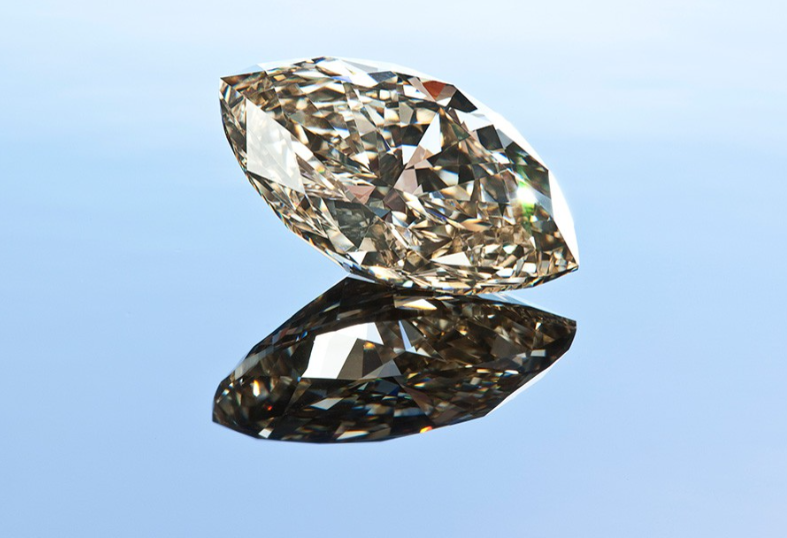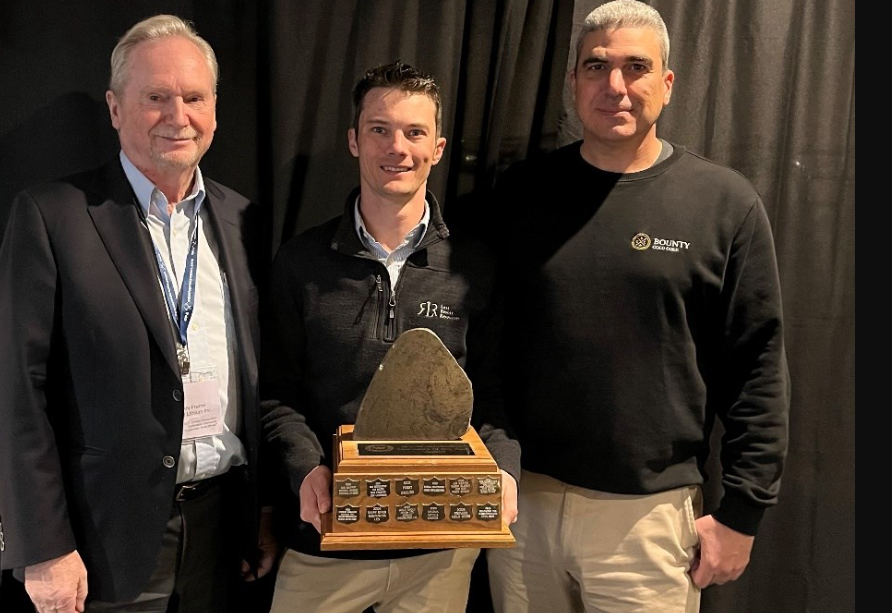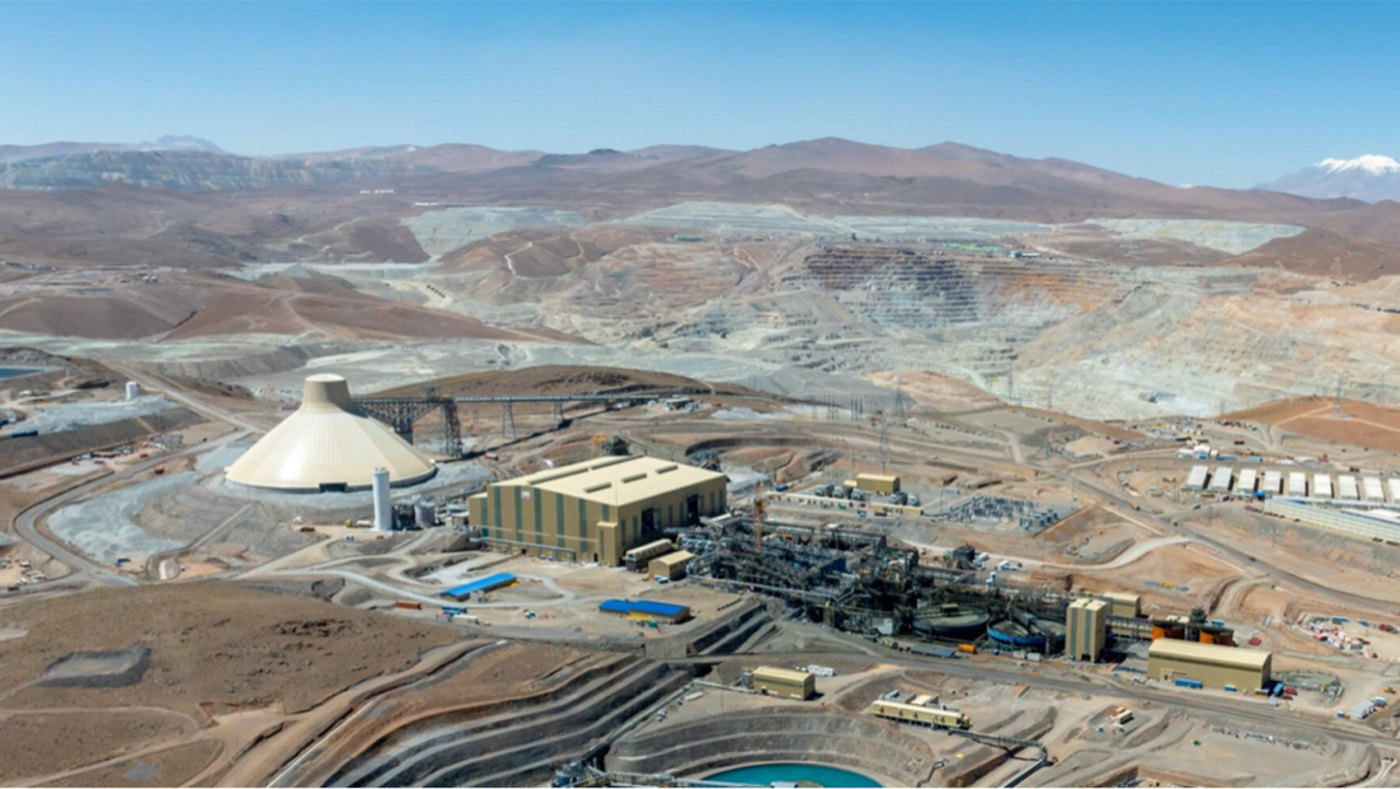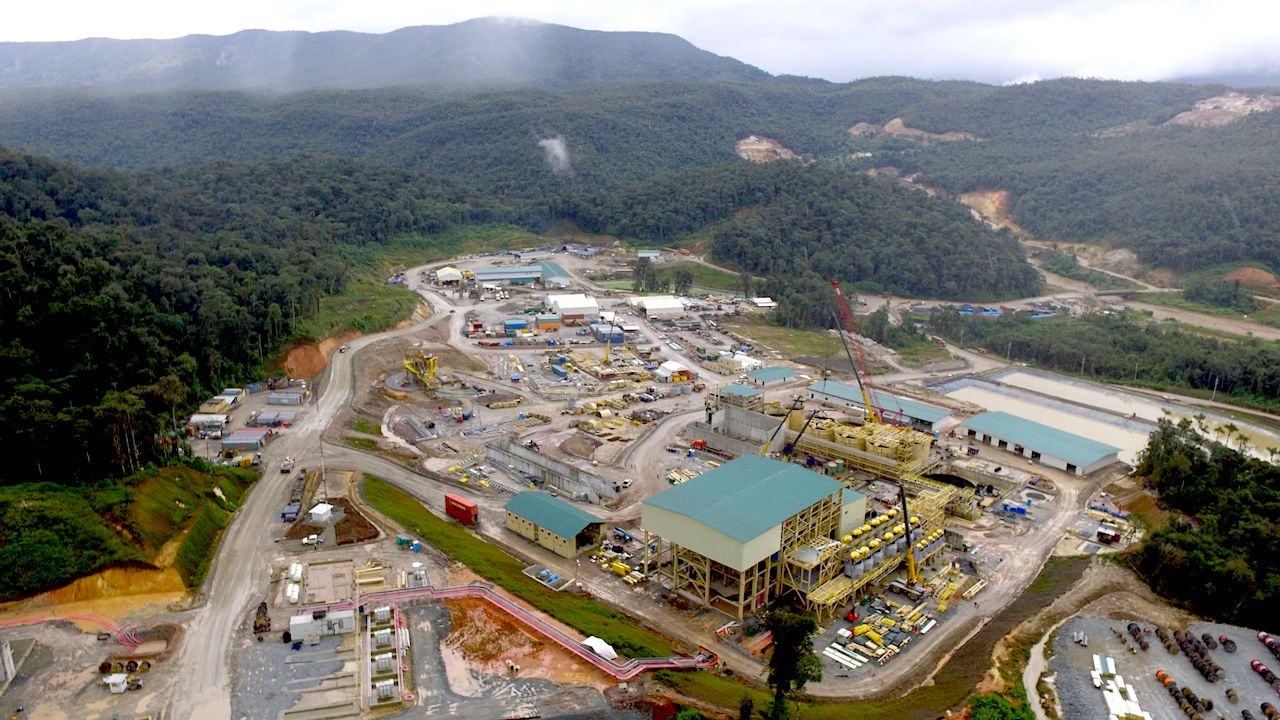[caption id="attachment_1003740027" align="alignnone" width="550"]

Nouveau Monde's Matawinie graphite project in Quebec. Credit: Nouveau Monde[/caption]
QUEBEC – Nouveau Monde has received $1.5 million in repayable funding from the federal government to help it optimize its process to manufacture spherical graphite. The company announced it had successfully commissioned a demonstration plant to produce spherical graphite from natural flake graphite in February.
Nouveau Monde will use the funds to acquire, adapt and install state-of-the-art equipment used in the process. The company says the transformation of graphite concentrate into value-added products is a key step for its use as anode material in lithium-ion batteries, in addition to use in electronic devices, and industrial applications.
The funding came from the Canada Economic Development for Quebec Regions. The terms of repayment were not disclosed.
“This funding will be a true springboard for us to scale up our business strategy for value-added products and create wealth for our communities, customers and shareholders,” said Eric Desaulniers, president and CEO of Nouveau Monde in a release. “Our roadmap to launch our commercial activities along with our ideal location to supply the U.S. and European markets put us in a great position to capitalize on expected growth in the battery and tech sector.”
The company is advancing its Matawinie graphite project, in Saint-Michel-des-Saints, Que., 150 km north of Montreal, through permitting.
It recently announced that the BAPE provincial authority (Bureau d'audiences publiques sur l'environnement) has issued its report and recommendations on the project. While it recognized the project's potential to diversify the local economy, the report identified significant issues with the project's social acceptability in what is a dominantly recreational and cottaging area. After hearing from the public, the BAPE's report had several recommendations that Nouveau Monde should implement before the project is allowed to proceed.
A translated excerpt from the report's conclusion reads:
“Considering the social acceptability issues that were still important at the time of the public hearing, but recognizing that it was complex to integrate this project into an inhabited and vacationing environment, the Commission believes that the studies it recommends should be carried out by NMG in order to reduce the project’s uncertainties regarding the components valued by the community, particularly water quality, quality of life, cohabitation, property values and mining heritage. Based on the results obtained, improvements should be made by the proponent and then evaluated by the Ministère de l’Environnement et de la Lutte aux changements climatiques du Québec before the project is authorized.”
Some of the recommendations include:
- -an updated hydrogeology study showing no long-term groundwater effects of co-disposal, the waste management method the company is planning to use;
- -an impact study on the location of the access road;
- -a study on the impacts of noise and emissions if heavy electric vehicles are not available as envisioned by Nouveau Monde in the sixth year of mining;
- -an assessment of the cumulative effect on the health and quality of life of the operation on the local population;
- -an assessment of negative effects that would come from the temporary presence of casual workers during the construction of the project; and
- -more detailed plans related to mine closure and resources available to the community.
Nouveau Monde says it has already made progress on some of these recommendations, including the preferred route for the access road, a strategy to accommodate temporary workers during the construction phase, the production of the desulphurized mine tailings required to set up the experimental cells to test its co-disposal method, and the electrification plan for its mining operations in partnership with manufacturers.
The company is also in the middle of the environmental assessment process for Matawinie and says it's in discussions with the government to obtain a decree authorizing the project in the coming months.
According to a feasibility study published in October 2018, Matawinie could produce 100,000 tonnes graphite concentrate per year over a 25-year mine life at an initial capital cost of $276 million.
For more information, visit
nouveaumonde.ca.

 Nouveau Monde's Matawinie graphite project in Quebec. Credit: Nouveau Monde[/caption]
QUEBEC – Nouveau Monde has received $1.5 million in repayable funding from the federal government to help it optimize its process to manufacture spherical graphite. The company announced it had successfully commissioned a demonstration plant to produce spherical graphite from natural flake graphite in February.
Nouveau Monde will use the funds to acquire, adapt and install state-of-the-art equipment used in the process. The company says the transformation of graphite concentrate into value-added products is a key step for its use as anode material in lithium-ion batteries, in addition to use in electronic devices, and industrial applications.
The funding came from the Canada Economic Development for Quebec Regions. The terms of repayment were not disclosed.
“This funding will be a true springboard for us to scale up our business strategy for value-added products and create wealth for our communities, customers and shareholders,” said Eric Desaulniers, president and CEO of Nouveau Monde in a release. “Our roadmap to launch our commercial activities along with our ideal location to supply the U.S. and European markets put us in a great position to capitalize on expected growth in the battery and tech sector.”
The company is advancing its Matawinie graphite project, in Saint-Michel-des-Saints, Que., 150 km north of Montreal, through permitting.
It recently announced that the BAPE provincial authority (Bureau d'audiences publiques sur l'environnement) has issued its report and recommendations on the project. While it recognized the project's potential to diversify the local economy, the report identified significant issues with the project's social acceptability in what is a dominantly recreational and cottaging area. After hearing from the public, the BAPE's report had several recommendations that Nouveau Monde should implement before the project is allowed to proceed.
A translated excerpt from the report's conclusion reads:
“Considering the social acceptability issues that were still important at the time of the public hearing, but recognizing that it was complex to integrate this project into an inhabited and vacationing environment, the Commission believes that the studies it recommends should be carried out by NMG in order to reduce the project’s uncertainties regarding the components valued by the community, particularly water quality, quality of life, cohabitation, property values and mining heritage. Based on the results obtained, improvements should be made by the proponent and then evaluated by the Ministère de l’Environnement et de la Lutte aux changements climatiques du Québec before the project is authorized.”
Some of the recommendations include:
Nouveau Monde's Matawinie graphite project in Quebec. Credit: Nouveau Monde[/caption]
QUEBEC – Nouveau Monde has received $1.5 million in repayable funding from the federal government to help it optimize its process to manufacture spherical graphite. The company announced it had successfully commissioned a demonstration plant to produce spherical graphite from natural flake graphite in February.
Nouveau Monde will use the funds to acquire, adapt and install state-of-the-art equipment used in the process. The company says the transformation of graphite concentrate into value-added products is a key step for its use as anode material in lithium-ion batteries, in addition to use in electronic devices, and industrial applications.
The funding came from the Canada Economic Development for Quebec Regions. The terms of repayment were not disclosed.
“This funding will be a true springboard for us to scale up our business strategy for value-added products and create wealth for our communities, customers and shareholders,” said Eric Desaulniers, president and CEO of Nouveau Monde in a release. “Our roadmap to launch our commercial activities along with our ideal location to supply the U.S. and European markets put us in a great position to capitalize on expected growth in the battery and tech sector.”
The company is advancing its Matawinie graphite project, in Saint-Michel-des-Saints, Que., 150 km north of Montreal, through permitting.
It recently announced that the BAPE provincial authority (Bureau d'audiences publiques sur l'environnement) has issued its report and recommendations on the project. While it recognized the project's potential to diversify the local economy, the report identified significant issues with the project's social acceptability in what is a dominantly recreational and cottaging area. After hearing from the public, the BAPE's report had several recommendations that Nouveau Monde should implement before the project is allowed to proceed.
A translated excerpt from the report's conclusion reads:
“Considering the social acceptability issues that were still important at the time of the public hearing, but recognizing that it was complex to integrate this project into an inhabited and vacationing environment, the Commission believes that the studies it recommends should be carried out by NMG in order to reduce the project’s uncertainties regarding the components valued by the community, particularly water quality, quality of life, cohabitation, property values and mining heritage. Based on the results obtained, improvements should be made by the proponent and then evaluated by the Ministère de l’Environnement et de la Lutte aux changements climatiques du Québec before the project is authorized.”
Some of the recommendations include:





Comments